
vhwxm
Posts by :


Needed Vacation

Vegetable Fun

The Canyon
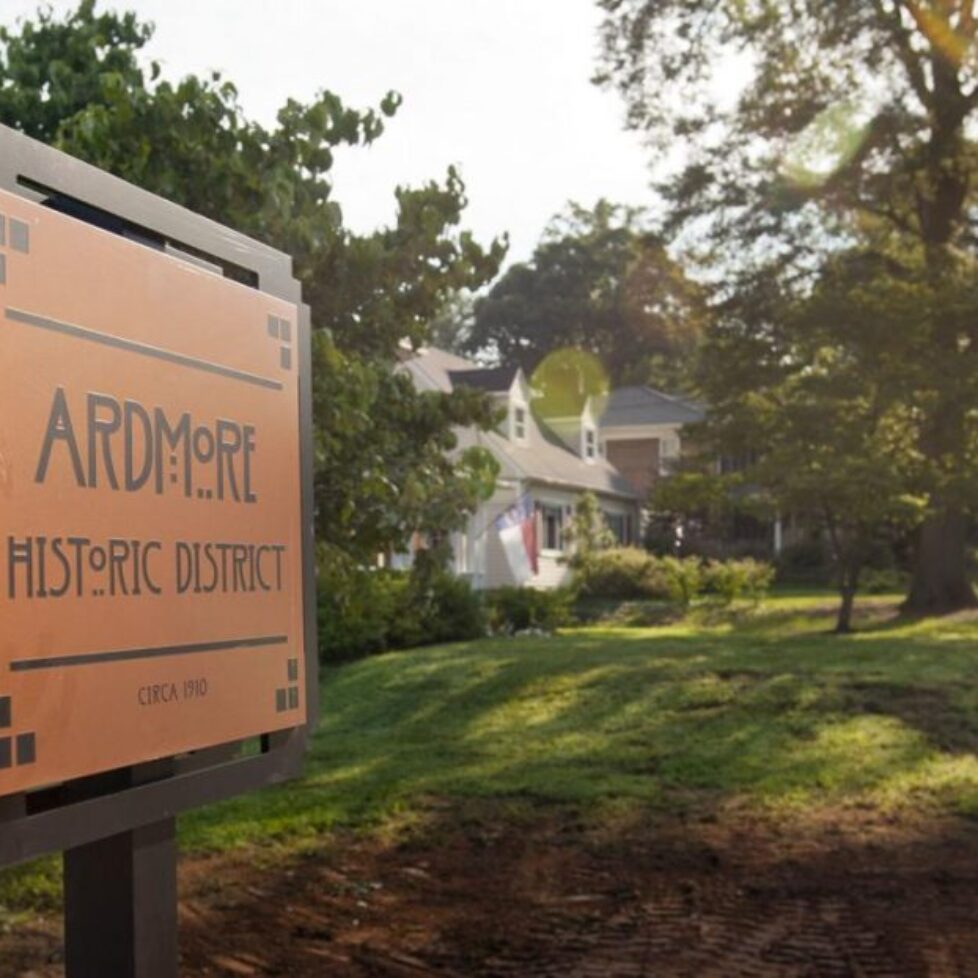
Ardmore
Historic Charm & Walkable Community
👥 Overview & History
Ardmore is Winston‑Salem’s largest historic district, with over 2,000 homes built from the 1910s through the 1950s. Originally developed as the Crafton Heights suburb and formally named in 1912, it blends architectural styles like Craftsman bungalows, Colonial Revival, and mid‑century designs across a tree-lined, walkable grid.
🚗 Location & Lifestyle
Set just three miles southwest of downtown, Ardmore sits between Wake Forest Baptist and Forsyth Hospitals, making it popular with medical professionals and families alike. Residents often praise its lush greenery, sidewalks, and easy access to nearby shops, parks, and major thoroughfares like Hawthorne and Cloverdale.
🌳 Amenities & Community Character
Miller Park, centrally located, offers playgrounds, athletic fields, walking trails, and community programming.
The neighborhood is widely known for being dog-friendly, having friendly sidewalks, strong neighborhood pride, and active HOA events.
🏠 Real Estate & Housing
Median listing prices hover around $287K, with typical home values ranging between $260K–$310K, depending on updates and location.
Homes often feature porches, vintage detailing, and established yards—but many also need some updates, which is reflected in pricing and buyer awareness.
✅ Why Ardmore Stands Out
Historic & Walkable Urban Charm
Well-preserved early-20th-century homes, sidewalks, parks—all within walking distance to local shops and cafés.Central, Connected Location
A short drive or quick walk to downtown, hospitals, cultural hubs, and transit corridors.Strong Community Identity
Recognized as walkable, pet-friendly, and neighborly—residents appreciate both gathering and green space.Relatively Affordable & Well-Loved
Offers character-filled houses at modest price points compared to other central districts in Winston‑Salem.
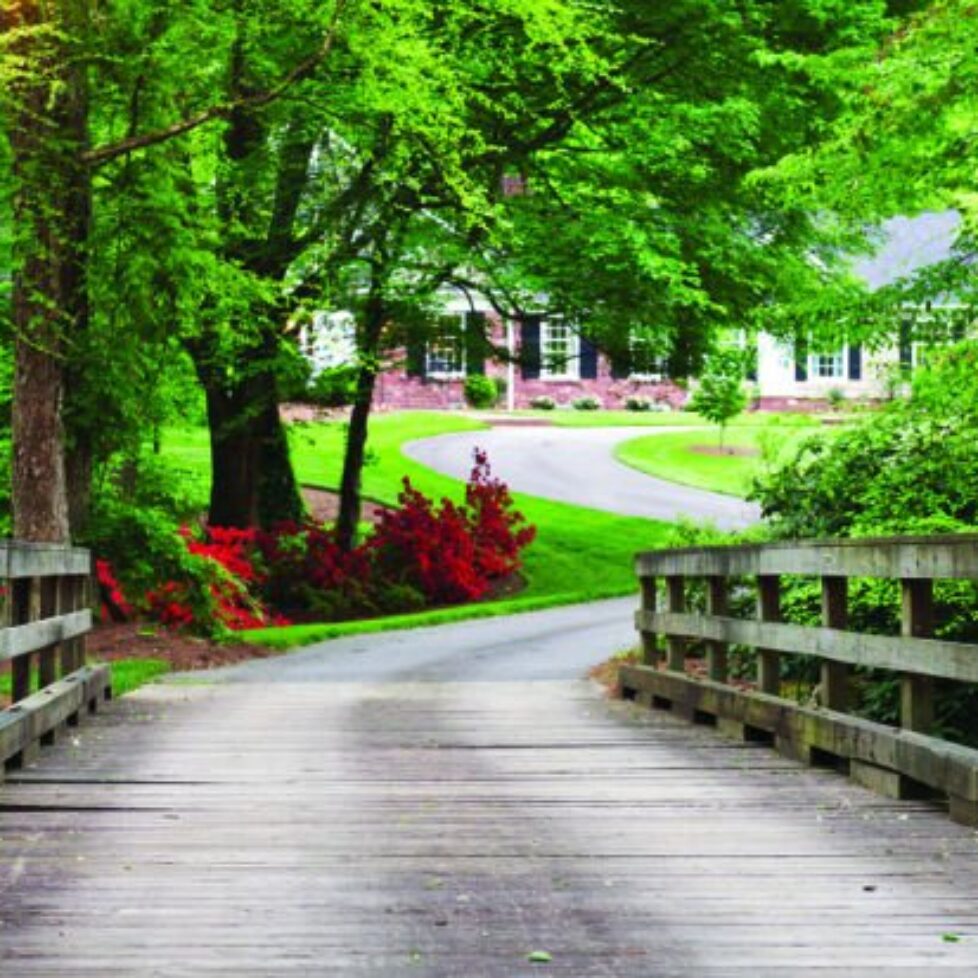
Sherwood Forest
Spacious Yards, Top Schools & Family-First Living
👥 Overview & Housing Styles
Sherwood Forest is a well-established northwest Winston‑Salem neighborhood featuring beautifully mature treescapes and generous lot sizes. Developed primarily in the 1960s and ’70s, homes include ranch, split-level, mid-century modern, Tudor, and traditional brick styles. Median home values range from $250,000 to $700,000, depending on the section (“Old” vs. “New”).
🌳 Recreation & Amenities
Sherwood Forest provides plenty for families who love the outdoors:
Peacehaven Pool & Tennis Club with playgrounds and social events
Muddy Creek Greenway, Shaffner Park, Leinbach Park, and the Sherwood Parcourse exercise trail—perfect for biking, walking, or light exercise
🚗 Location & Lifestyle
Located just off Silas Creek Parkway, Sherwood Forest is about a 15-minute drive to downtown. Though auto-dependent, nearby shopping centers on Robinhood and Country Club roads offer easy access to favorites like grocery stores, restaurants, and retail. Residents describe the neighborhood as safe, walkable for errands, and highly community-oriented.
✅ Why Sherwood Forest Stands Out
-
Quiet, Tree-Lined Living
A classic neighborhood known for scenic streets, spacious yards, and a peaceful environment. -
Outdoor Features & Community Access
Local parks, trails, and community pool support active living and social connection. -
Central & Convenient Location
Close to shopping, dining, and city amenities with easy commuting via major roads.
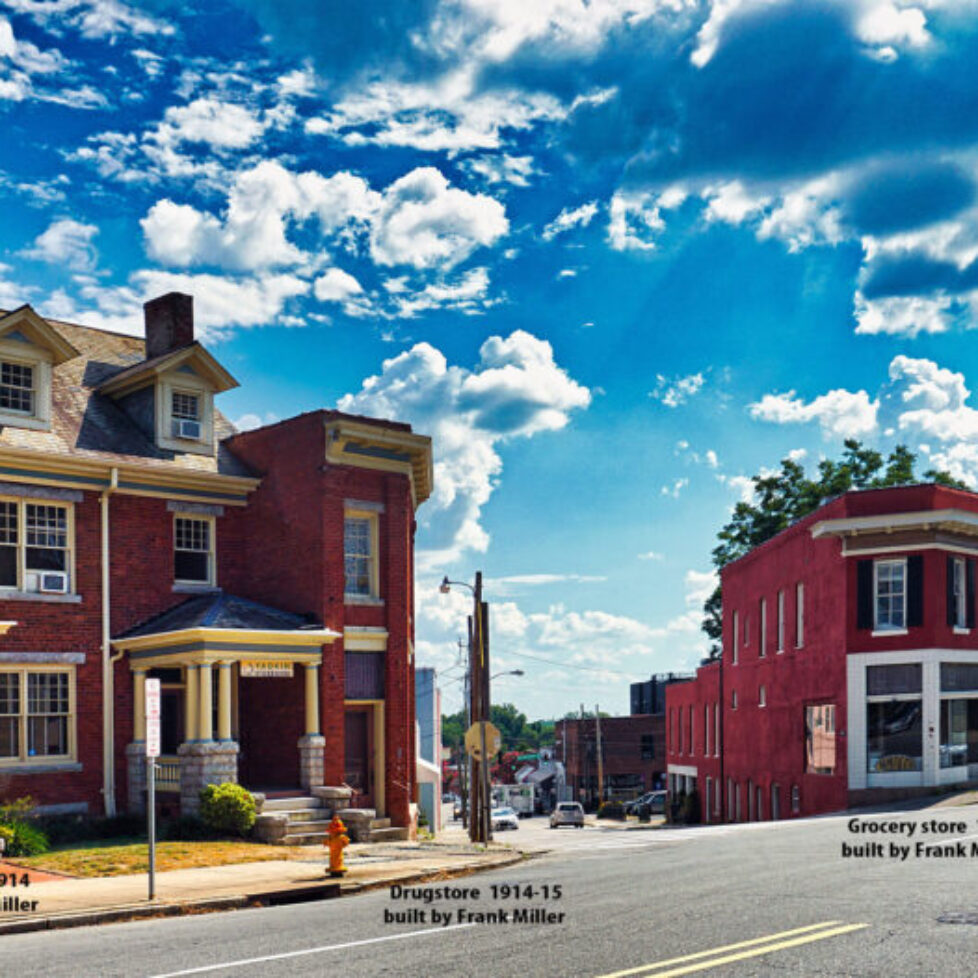
West End
Historic Charm & Downtown Access
👥 Overview & History
One of Winston‑Salem’s oldest and most distinguished neighborhoods, West End was originally built as North Carolina’s first planned streetcar suburb in 1887. Designed with winding streets and lush boulevards by Jacob Lott Ludlow, it reflects the picturesque planning ideals of Frederick Law Olmsted. The West End Historic District includes over 500 properties showcasing Queen Anne, Colonial Revival, Classical Revival, and Craftsman homes—all well-preserved and on the National Register of Historic Places since 1986.
🌳 The Vibe & Character
West End is often called “Winston‑Salem’s front porch”—a leafy, walkable neighborhood just a few blocks west of downtown. Its rolling hills, shady sidewalks, and shady oak trees create a serene residential feel while still keeping city life within reach.
🏛️ Architecture & Design
This community delivers an architectural showcase:
Queen Anne, Classical Revival, Craftsman, and Colonial Revival homes built 1887–1930
Notable landmarks like the historic H.D. Poindexter Houses and Zevely House are iconic examples of the era’s craftsmanship
🍽️ Amenities & Local Flavor
The Burke Street Corridor buzzes with local cafes, boutiques, breweries, and restaurants—think Joyner’s, Louie & Honey’s, The Humble Bee Shoppe, and Joymongers Barrel Hall. It’s a favorite spot for neighbors to gather and socialize.
🎯 Recreation & Lifestyle
Hanes Park and Grace Court Park offer walking trails, tennis courts, playgrounds, a YMCA, and peaceful green space for relaxation or recreation.
An inherently walkable neighborhood, residents enjoy easy access to nearby shops, schools, and downtown while staying nestled in a quieter residential area.
✅ Why West End Stands Out
Historic Beauty with Urban Convenience
A beautifully preserved streetcar-era neighborhood just minutes from downtown and Wake Forest University.Variety of Architectural Styles
A rich mix of ornate Queen Anne, Craftsman, and Colonial Revival homes that showcase turn-of-the-century charm.Vibrant Local Scene
Burke Street’s cafes, brunch spots, breweries, and shops create a lively, walkable gathering space.Parks & Community Atmosphere
With Hanes Park, Grace Court, and neighborhood greenways, West End excels in outdoor enjoyment and social connection.
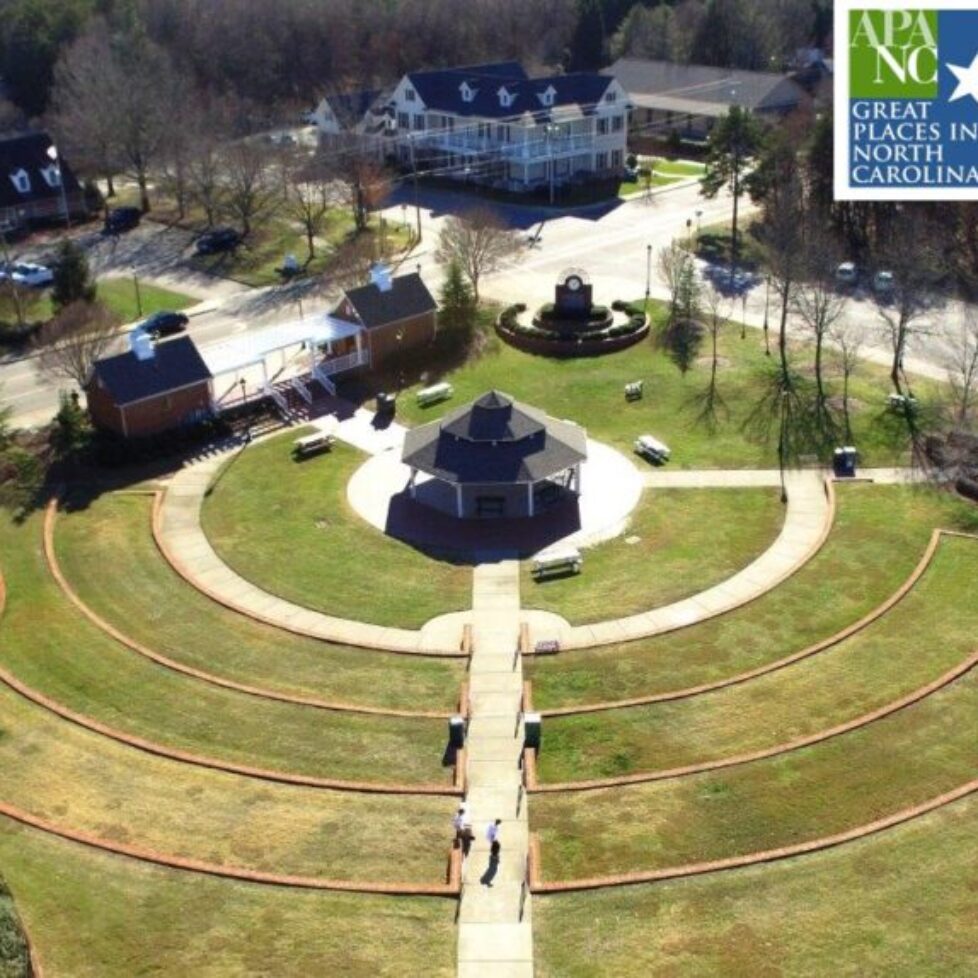
Lewisville
Quiet Comfort, Triad Access
👥 Overview & Demographics
Located in western Forsyth County, Lewisville is home to approximately 14,200 residents as of mid‑2024—a 6.2% increase since 2020. With a median household income around $84,400, a median home value near $284,300, and 84% homeownership, the town balances family-friendly affordability with strong growth and stability.
🌿 Lifestyle & Community
Lewisville blends a relaxed, small-town vibe with modern amenities. The downtown Shallowford Square hosts seasonal events like music nights, movie nights, and food truck festivals. Locally owned eateries, parks, and Saturday markets contribute to a tight-knit sense of community.
🌳 Recreation & Parks
Outdoor enthusiasts enjoy easy access to Joanie Moser Park, with tennis courts, playgrounds, softball fields, and forested trails, and the Muddy Creek Greenway, which leads toward Tanglewood Park. The nearby Tanglewood Park spans 1,100 acres and offers biking, boating, golf, and annual holiday light displays.
🛣️ Connectivity & Commute
With an average commute of roughly 25 minutes, Lewisville provides convenient access to downtown Winston‑Salem, Greensboro, and Triad International Airport via major roads like U.S. 421 and I‑40. It’s an ideal spot for those seeking suburban ease with easy city access.
🏛️ Character & Atmosphere
According to local residents, Lewisville is “nice, safe and quiet” with a welcoming, diverse feel and family-driven neighborhoods. It’s ideal for folks who love a peaceful pace with city accessibility minutes away.
✅ Why Lewisville Stands Out
Suburban Tranquility, Close to Urban Amenities
Quiet, well-kept streets just 15–20 minutes from Winston‑Salem’s cultural hubs.Strong Community & Sense of Home
High homeownership rates, well-rated schools, and frequent neighborhood events support family living and community ties.Outdoor Living & Green Spaces
Trails, parks, and established recreational programming support an active, nature-connected lifestyle.Healthy Growth & Affordability
Moderate population growth matched with stable housing prices and solid household income levels make it a balanced choice for local buyers.
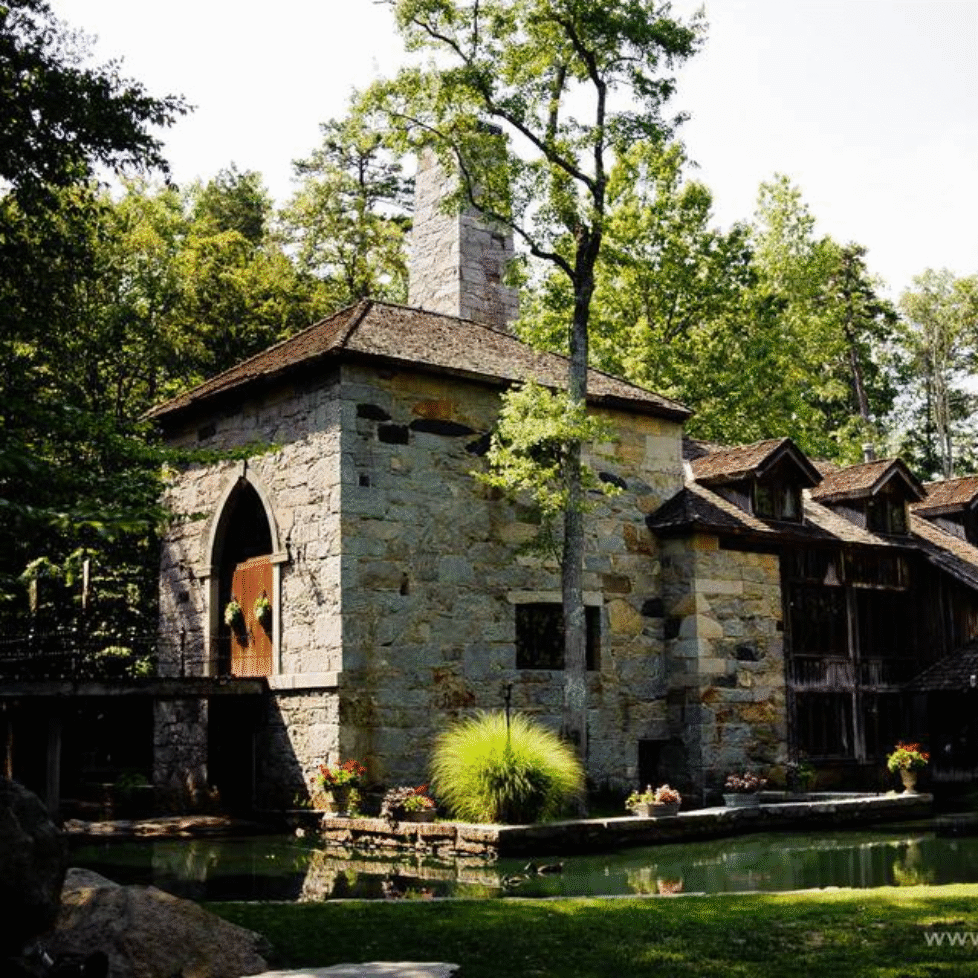
Jamestown
Small Town Charm, Big Connectivity
👥 Overview & Demographics
Jamestown is a quaint, walkable town of approximately 3,755 residents (2025 estimate), located in Guilford County between Greensboro and High Point. The town is known for its tight-knit vibe and historic roots, with about 72% homeownership, a median household income around $90,542, and a low poverty rate of 3.6%.
🏛️ History & Heritage
Founded by Quaker settlers in 1816, Jamestown preserves its early-19th-century character with landmarks such as the Mendenhall Homeplace, historic Oakdale Cotton Mill Village, and granite ruins of McCulloch’s Gold Mill.
💼 Local Economy & Lifestyle
Jamestown offers a peaceful suburban atmosphere with easy access to major Triad cities. It maintains a modest local service-based economy, with strong ties to retail, education, and small business. Residents enjoy local shops, restaurants like Southern Roots, Full Moon Oyster Bar, and engaging community events along Main Street.
🌳 Recreation & Community Events
Residents draw community spirit from local landmarks such as City Lake Park, which features trails, fishing, swimming, and family activities. Enjoy live music at Wrenn Miller Park, library programs, and seasonal events like the Jamestown BBQ Festival and Christmas on Main.
✅ Why Jamestown Stands Out
Quiet, Walkable & Welcoming
A friendly small town with walkable streets, parks, and a growing downtown atmosphere.Heritage Meets Community Life
Historic landmarks like Oakdale Mill and Mendenhall Homeplace blend with lively boutiques, eateries, and seasonal events.Affordable, High-Quality Living
Homeownership is strong, costs are manageable, and the town feels stable and connected.Ideal Location with Triad Access
Just minutes from Greensboro, Winston-Salem, and High Point—offering access without compromise.
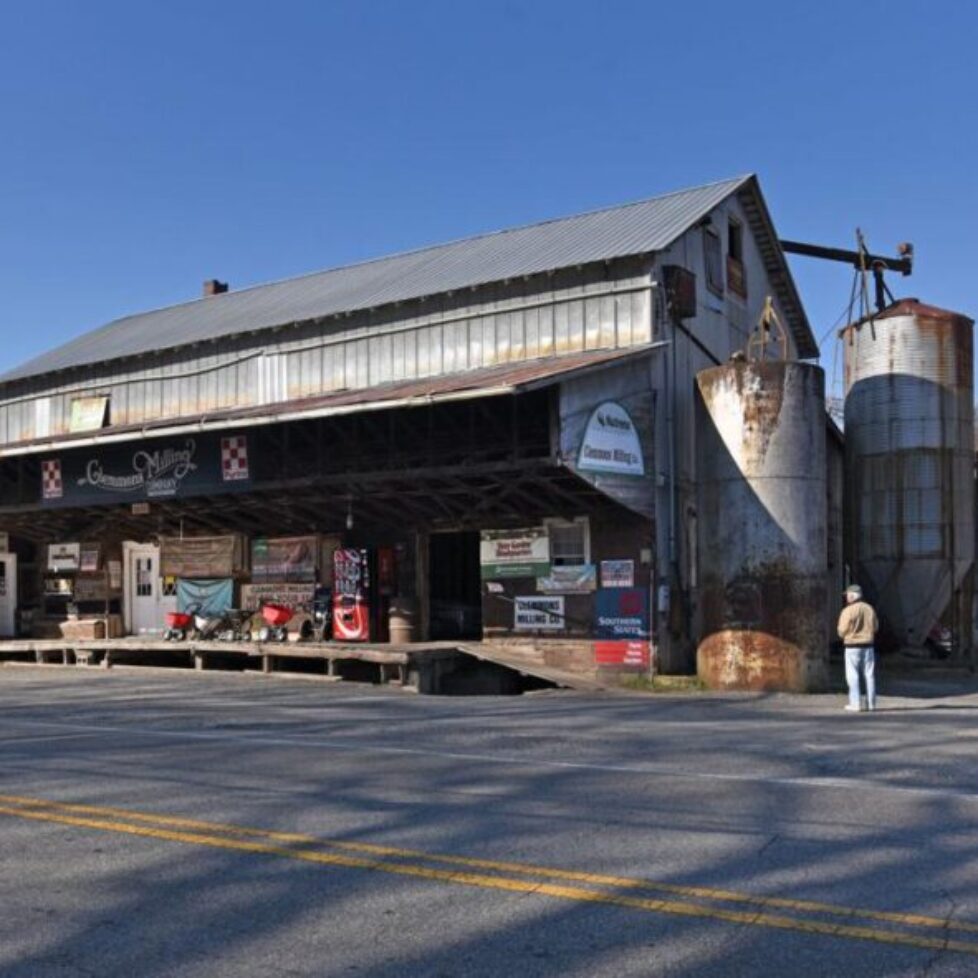
Clemmons
Suburban Charm & Big‑City Access
👥 Overview & Demographics
Located about 10 miles southwest of Winston‑Salem in Forsyth County, Clemmons is a flourishing village with approximately 22,400 residents as of mid‑2024—an increase of around 6% since 2020. The community is family‑oriented and moderately diverse: about 80% White, 6% Black, 5% Asian, and 7% Hispanic or multiracial. Median household income is approximately $84,300, comfortably above the Triad’s average. Nearly 75% of homes are owner‑occupied, and most households enjoy predictable commutes averaging around 23 minutes.
💼 Economy & Workforce
Clemmons’ workforce totals about 10,500 residents, with strong sectors including healthcare, manufacturing, and educational services. High-paying career paths are concentrated in wholesale trade, public administration, and professional services. Retail, sales, and office support roles are also common. The village enjoys consistent job growth, with a 5.4% increase in employment from 2022 to 2023.
🌿 Parks, Recreation & Events
Home to Tanglewood Park, Clemmons offers residents and visitors access to golf, paddle boating, horseback riding, gardens, playgrounds, and biking trails. The renowned Tanglewood Festival of Lights—a holiday tradition since 1992—draws crowds each winter with animated light displays across a 4-mile illuminated route.
🛍️ Lifestyle & Local Amenities
With a small-town feel and a walkable Village Center, Clemmons combines locally owned boutiques, national brands, and farmers markets each Saturday spring through fall. Its proximity to Yadkin Valley Wine Country and family-friendly amenities like the Jerry Long YMCA and seasonal pop-up markets reinforce the community’s welcoming vibe.
✅ Why Clemmons Stands Out
-
Suburban Calm with Triad Access
Quiet and well-kept neighborhoods just minutes from Winston‑Salem via I‑40 or 421. -
Affluent, Family-Friendly Community
Higher-than-average household income and strong homeownership rates -
Exceptional Outdoor Amenities
Tanglewood Park and its gardens, lake, and seasonal events provide year-round recreation. -
Village-Centered Lifestyle
A walkable core anchored by markets, boutiques, dining, and community gatherings.